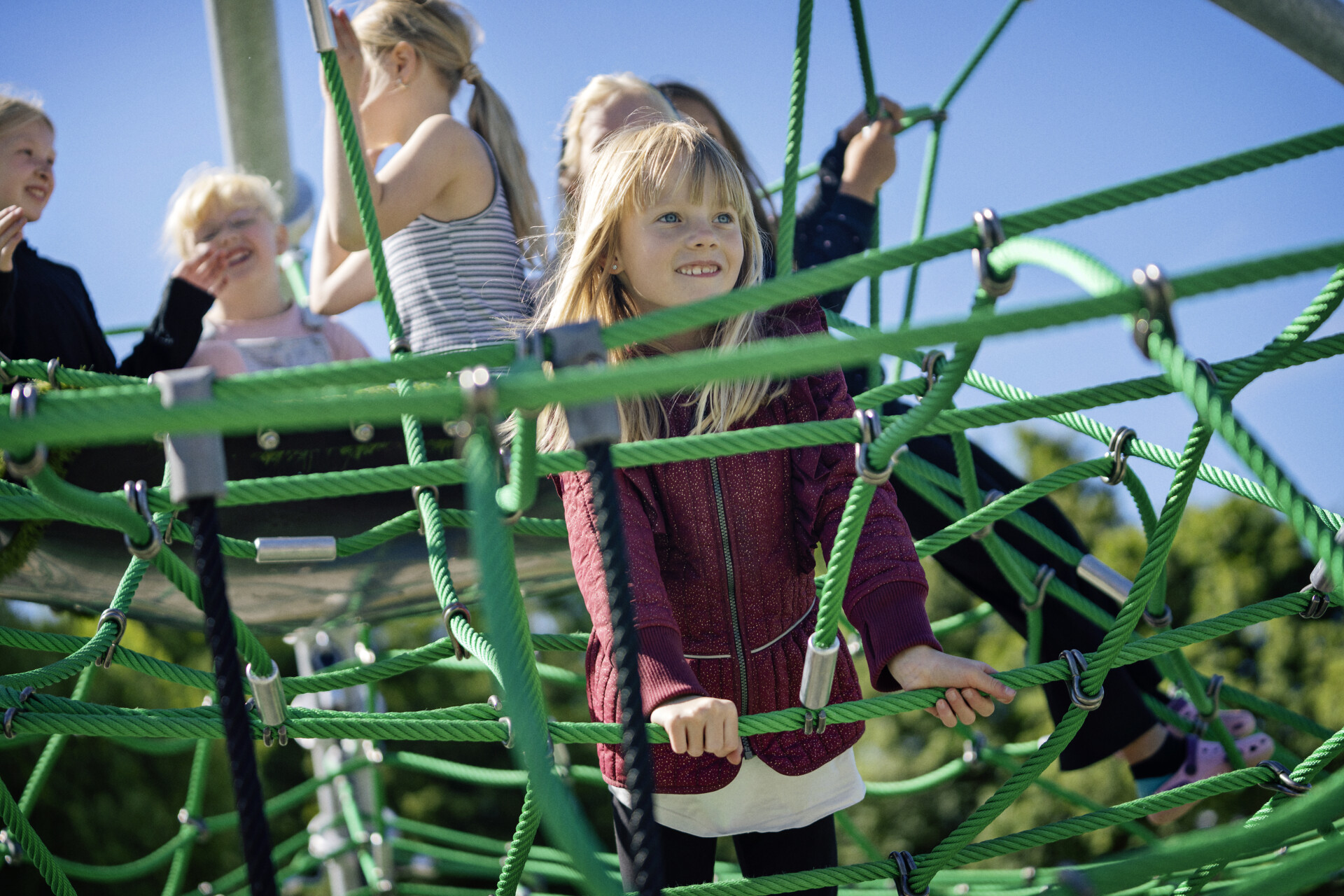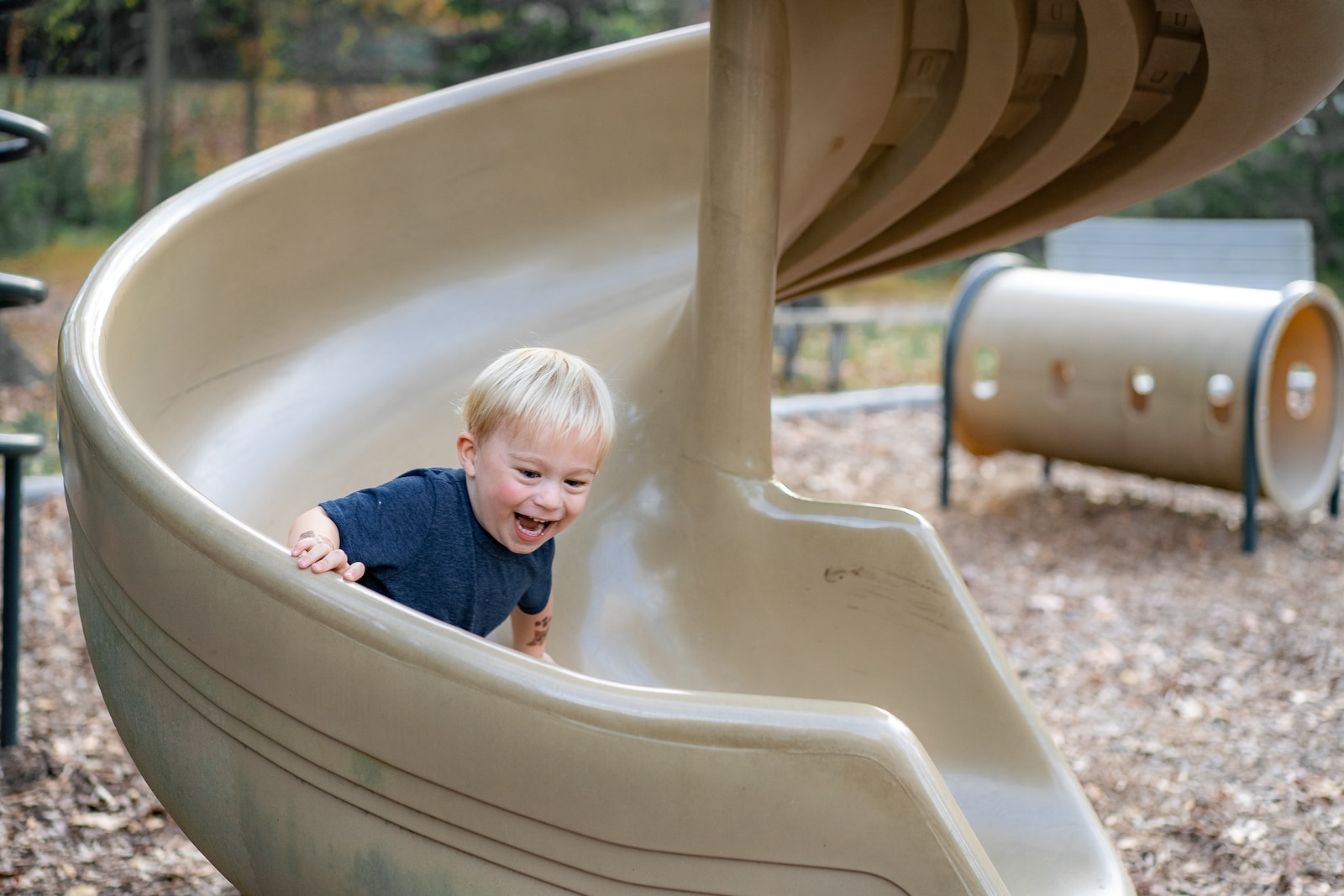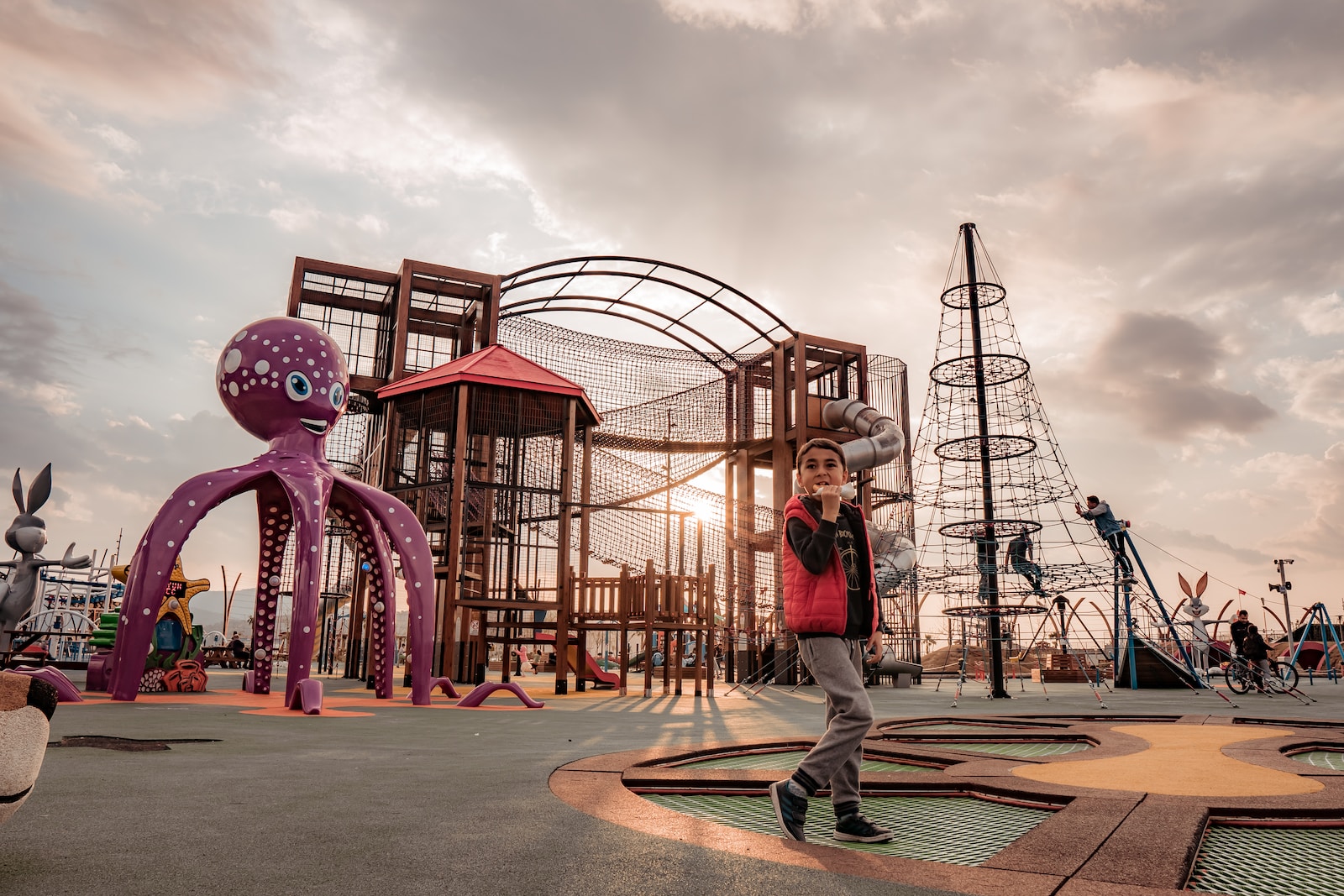Abstract
Children’s outdoor free play is declining, which correlates with decreases in physical activity and mental well-being. Given the substantial amount of time children spend in school environments, understanding the dynamics of play in the schoolyard is crucial. This study aims to identify and describe prevalent play behaviour in the schoolyard environment for pupils in first to third school year (6–9-year-olds) during break time, and to propose a typology based on these findings. In five Danish schools, observations were conducted during a total of 710 min of break time, supplemented by 12 go-along group interviews involving 57 (32 girls) pupils in first to third school year. The transcripts and field notes were analysed using thematic analysis and Gibson’s theory of affordance. Five distinct types of play behaviour were identified: Rule-Bound Game Players, Imaginative Play Creators, Physical Skill Masters, Dialogue Dazzlers, and Nature Explorers. Children of the different play types perceive the schoolyard environment differently and, thus, the schoolyard affords different play behaviour. Our findings suggest that the schoolyard should offer open areas, sport facilities, loose open-ended structures, a great variety of playground structures, nature-based areas and secluded spaces to benefit all play types.
Journal: International Journal of Play
Year: 2024



